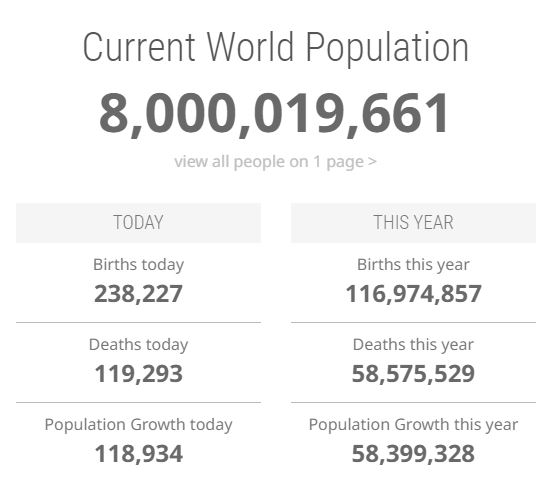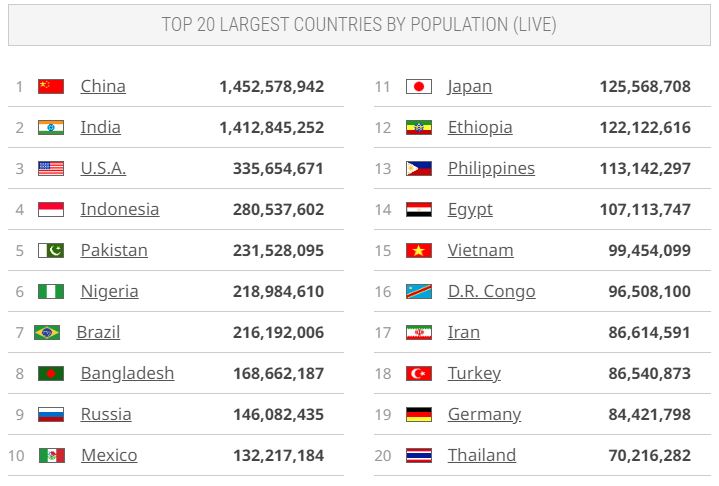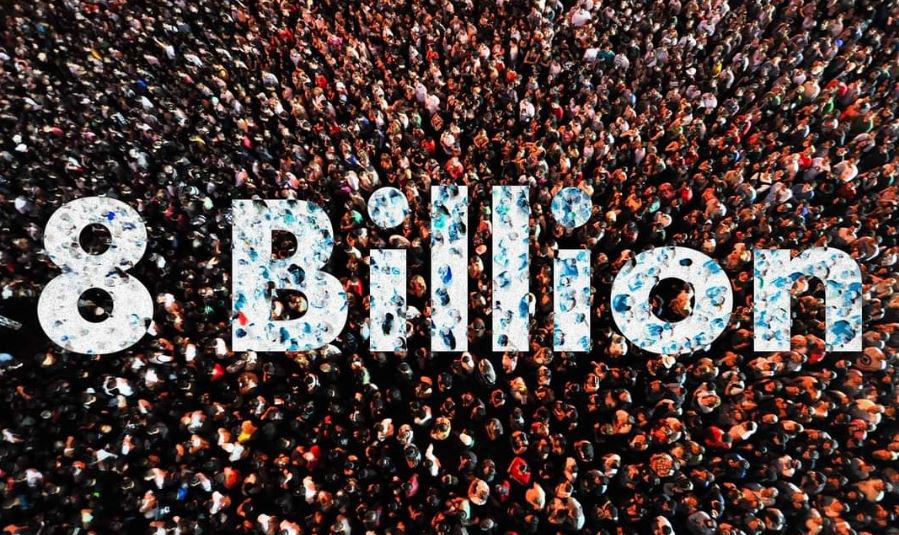Islamabad: In line with the projections of the United Nations, the world population on Tuesday reached the 8 billion mark–a historic milestone for humanity.
On this historic day, United Nations Secretary-General Antonio Guterres said: “The milestone is an occasion to celebrate diversity and advancements while considering humanity’s shared responsibility for the planet.”
This unprecedented growth is due to the gradual increase in human lifespan owing to improvements in public health, nutrition, personal hygiene, and medicine. It is also the result of high and persistent levels of fertility in some countries.

“While it took the global population 12 years to grow from 7 to 8 billion, it will take approximately 15 years—until 2037— for it to reach 9 billion, a sign that the overall growth rate of the global population is slowing,” the statement from the United Nations projects.
The UN claims that countries with the highest fertility levels tend to be those with the lowest income per capita. It says that the global population growth has therefore over time become increasingly concentrated among the world’s poorest countries, most of which are in sub-Saharan Africa. In these countries, sustained rapid population growth can thwart the achievement of the Sustainable Development Goals (SDGs), which remain the world’s best pathway toward a happy and healthy future.

Even though population growth magnifies the environmental impact of economic development, rising per capita incomes are the main driver of unsustainable patterns of production and consumption.
The statement further says that the countries with the highest per capita consumption of material resources and emissions of greenhouse gas emissions tend to be those where income per capita is higher, not those where the population is growing rapidly.
“Meeting the objectives of the Paris Agreement to limit global temperature rise, while achieving the SDGs, critically depends on curbing unsustainable patterns of production and consumption.”
Yet, slower population growth over many decades could help to mitigate the further accumulation of environmental damage in the second half of the current century.








